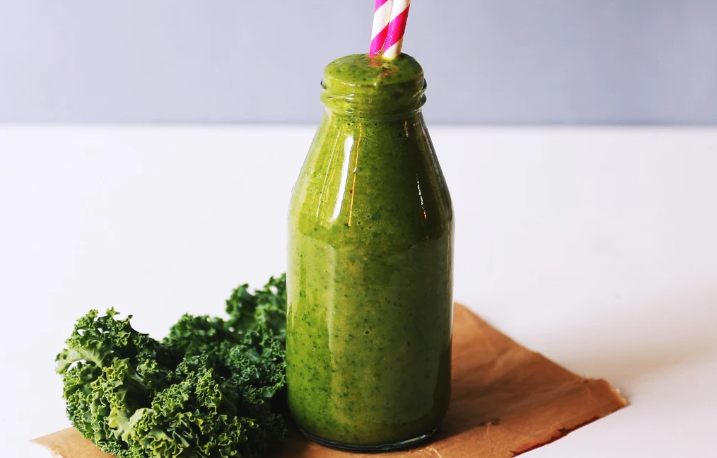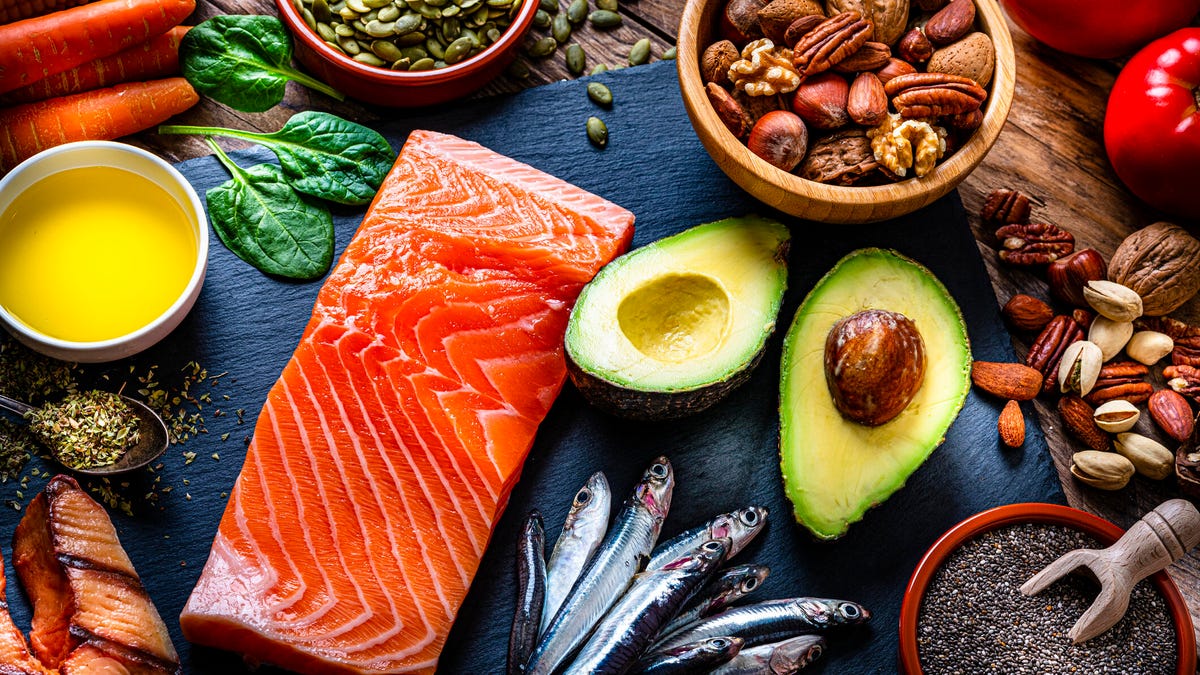Throughout the COVID-19 pandemic, food pantries across the nation pivoted to develop “mobile” selections, repurposing university buses or using massive tractor-trailers to produce food stuff to various neighborhoods.
This was specially crucial as charges of foods insecurity improved throughout the U.S. A single team that was particularly really hard-strike was reduced-income families with young small children.
Molly Waring, associate professor in the School of Agriculture, Well being and All-natural Sources, and her exploration crew surveyed a group of moms with younger kids. Together with colleague Caitlin Caspi, also an associate professor in CAHNR and researcher with the UConn Rudd Center for Food Policy and Overall health, Waring and her workforce examined mothers’ fascination in and problems about using cellular foodstuff pantries.
Though cellular food items pantries did exist before the pandemic, disruptions to in-particular person expert services owing to the COVID-19 pandemic starting up in March 2020 led to a significant expansion of meals pantries running out of motor vehicles or other mobile setups.
The researchers performed a survey of mothers in spring 2021, and requested respondents about their use of food stuff pantries to much better fill gaps in our understanding of how the charitable food system could ideal provide distinct populations.
“I consider we have some gaps in comprehending how this could very best perform,” Caspi states. “The norms are evolving. It is challenging to make a generalization about what these foods pantries seem like. What this investigation does is exhibit that there is curiosity in studying more.”
Waring and Caspi, who are college associates in Section of Allied Well being Sciences, labored with then-undergraduate college students Alma Jeri-Wahrhaftig ’22 (CAHNR), Alexa Horkachuck ’21 (CAHNR), and Indra Kapoor ’21 (CAHNR) who are all authors on the paper in Journal of Hunger and Environmental Diet where by they revealed their outcomes.
The survey incorporated 53 moms from across the U.S. who had used food stuff pantries both inside of the year right before the pandemic or all through it. The UConn scientists discovered that 60% of the mothers surveyed were “very interested” in utilizing cellular foods pantries, and an additional 19% had been “quite a bit intrigued.”
The principal benefit of these cellular pantries is that they come ideal to clients’ neighborhoods, or even their houses in some instances.
“The thought that a little something would occur to your neighborhood was quite interesting to a the vast majority of moms,” Waring claims.
Some of the most prevalent fears surrounded problems of cleanliness, foodstuff basic safety, and the amount and selection of balanced foods solutions obtainable.
“Many of all those would be fears in a brick-and-mortar meals pantry as very well,” Waring claims.
There is quite tiny knowledge about mobile food items pantries for the duration of the pandemic, provided that in numerous scenarios, these mobile functions were temporary responses to disruptions induced by the pandemic. Additional, the charitable food items technique is understudied in general when compared with govt-sponsored food stuff stability systems these as the Supplemental Nourishment Guidance Method (SNAP).
One particular of the greatest gaps in knowing mobile food pantries is understanding of what type of meals they distribute. Former investigation shows that meals pantry purchasers value accessibility to new fruits and greens and other healthier food staples.
“Understanding their requirements and difficulties is critical to make positive we’re addressing foodstuff insecurity for families with small children,” Waring says.
Whilst this research centered on people with youthful kids, distinctive populations have unique requirements and worries yet to be explored.
This get the job done is just one particular piece of the puzzle of understanding how to boost the charitable food items procedure, specifically as discussions about food insecurity in the U.S. have develop into more outstanding in light-weight of the troubles COVID-19 uncovered.
“There are some good discussions taking place now about what we want the technique to look like specified that the need to have isn’t likely away any time shortly,” Caspi claims.
Follow UConn CAHNR on social media











